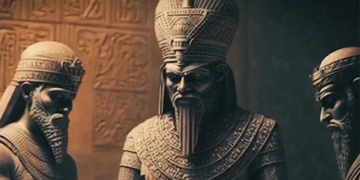The human memory is the foundation of our intelligence and civilization, allowing us to learn and innovate from past experiences, as well as communicate and collaborate with others.
But how is human memory formed and stored? Does it only exist in our brains, or can it somehow be passed down to our descendants?
These questions have never had clear answers in the scientific community, yet they have led to many fascinating and surprising studies and experiments. One of the most famous experiments was the bold trial conducted by a man named James McConnell in 1962, which left everyone astonished.
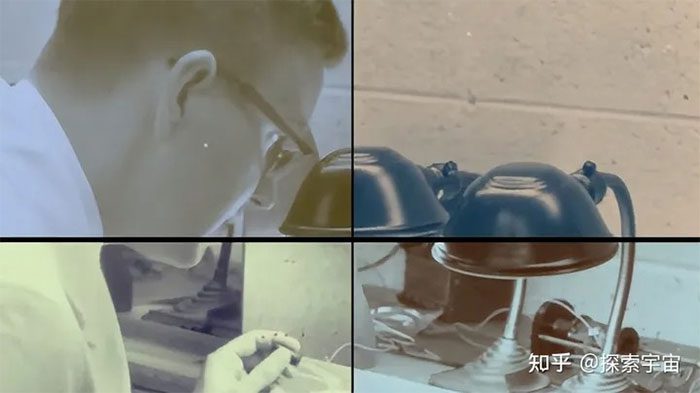
Can our memories be passed on to our descendants? (Image source: Zhihu).
In 1962, James conducted a bold experiment using a creature called the Planarian to test the ability to inherit memory. Planarians are very peculiar creatures; they possess the strongest regenerative abilities in nature, capable of regenerating a complete body from just a small piece of tissue.
The regenerative ability of Planarians has deeply intrigued scientists, especially regarding their memory mechanisms. In this experiment, James used stimuli and flashing lights to train the Planarians. Through continuous training, the Planarians learned to automatically contract when exposed to light, as if they were about to receive an electric shock.
James then cut a Planarian in half, with the remaining head retaining the trained memory. However, surprisingly, the other half of the Planarian, which only had a tail, also retained the trained memory even after growing a new head. This discovery led James to believe that the memory of Planarians seemed not to reside solely in their heads. At that time, some proposed a bold hypothesis that memory might be stored in the RNA within neurons.
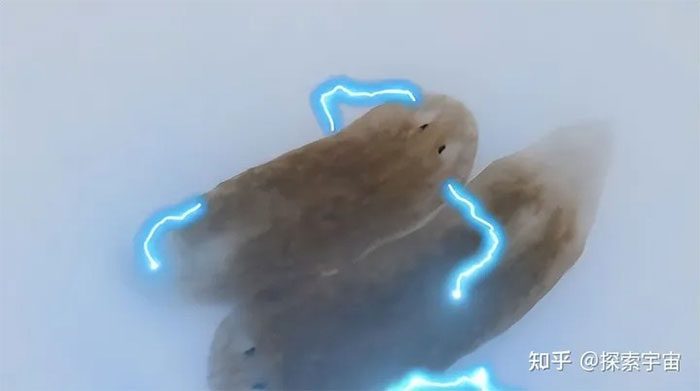
The regenerative ability of Planarians has deeply intrigued scientists. (Image source: Zhihu).
Subsequently, James decided to transfer RNA from one Planarian to another to test this hypothesis. However, due to the technical limitations of that time, James could only use the most rudimentary methods to achieve this goal.
He had a non-trained Planarian eat a trained Planarian, hoping to integrate the RNA of the trained Planarian into the other.
The results were astonishing: The fed Planarians contracted in response to light exposure even though they had not been trained. Even more surprising, James found that another Planarian that ate a trained Planarian in a maze exhibited strong learning abilities.
This experimental evidence further supported the hypothesis that memory could be inherited. However, James’s experiment faced much controversy. The level of molecular biology at that time could not explain these experimental results, leading people to ignore James’s research and mockingly label him as “the worm guy.”
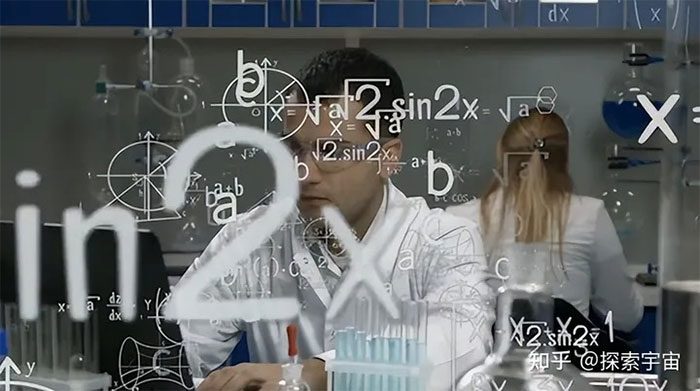
James’s experiment faced much controversy. (Image source: Zhihu).
However, in recent decades, rapid advances in molecular biology and psychology have profoundly changed our understanding of the human mind.
In 2013, Darold Treffert, a clinical professor at the University of Wisconsin School of Medicine, published a controversial study revealing an astonishing phenomenon: in a small group of severely ill individuals… after suffering traumatic brain injuries, some actually developed extraordinary talents.
These talents varied, with some being able to play musical instruments, others excelling in drawing, and others exhibiting extraordinary computational skills. Darold proposed a shocking explanation, believing that the brain injuries these individuals suffered unexpectedly reshaped the connections in their brain circuits, reconnecting previously unconnected regions and creating new conscious areas.
This process released what is known as the memory gene, allowing these patients to freely access and process these memories, thereby exhibiting extraordinary abilities. Darold theorized that theoretically, everyone harbors this potential, but this aspect of memory remains dormant, inactive, and unused.

(Image source: Zhihu).
In 2018, biologists at the University of California, Los Angeles, conducted an unprecedented experiment, successfully transferring memories from one organism to another for the first time through controllable means.
They chose a species of sea slug as the experimental subject and used electric shocks to create a defensive withdrawal reflex in the sea slugs. Then, the researchers extracted RNA from the nervous system of the trained sea slug and injected it into other non-trained sea slugs.
Surprisingly, the duration of the withdrawal reflex increased from one second to 40 seconds in the sea slugs that received the RNA from the trained one. This indicates that the memories of the trained sea slugs had been successfully transferred to the non-trained sea slugs through the RNA transfer process. Some scholars argue that the memory storage mechanism in humans may be similar to that of sea slugs.
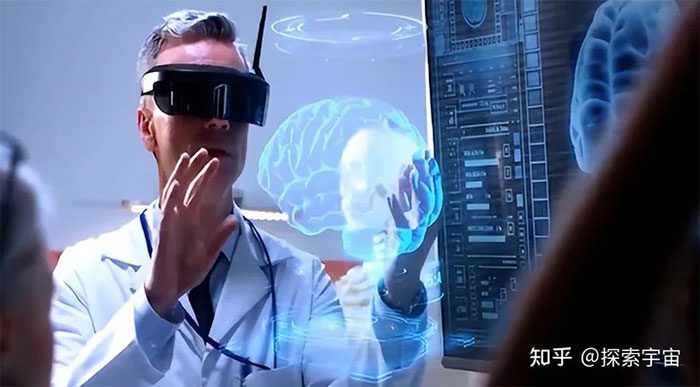
(Image source: Zhihu).
Although sea slugs have only about 20,000 neurons, while humans have around 100 billion neurons, memory can be preserved thanks to RNA within the neurons. These scholars believe that although acquired factors cannot directly change the molecular DNA sequence of individual germ cells, they can modulate DNA function through other pathways, such as DNA methylation processes and other chemical modifications, thereby regulating the expression of certain genes up or down.
These chemical processes can be genetically transmitted to the next generation, thereby influencing gene expression in offspring. Hence, human memories and emotions may be passed down to future generations to some extent.
It can be said that the human brain holds a “repository” of ancestral memories. If we can find the key to this repository, we will have access to an endless amount of knowledge accumulated over millions of years. This implies that everyone has the potential to become a genius as we can read and utilize the memories of our ancestors.
This perspective suggests that the transmission of memory occurs not only within the lifespan of each individual but also transcends the limits of time and space, playing a crucial role in the evolution of humankind.


















































